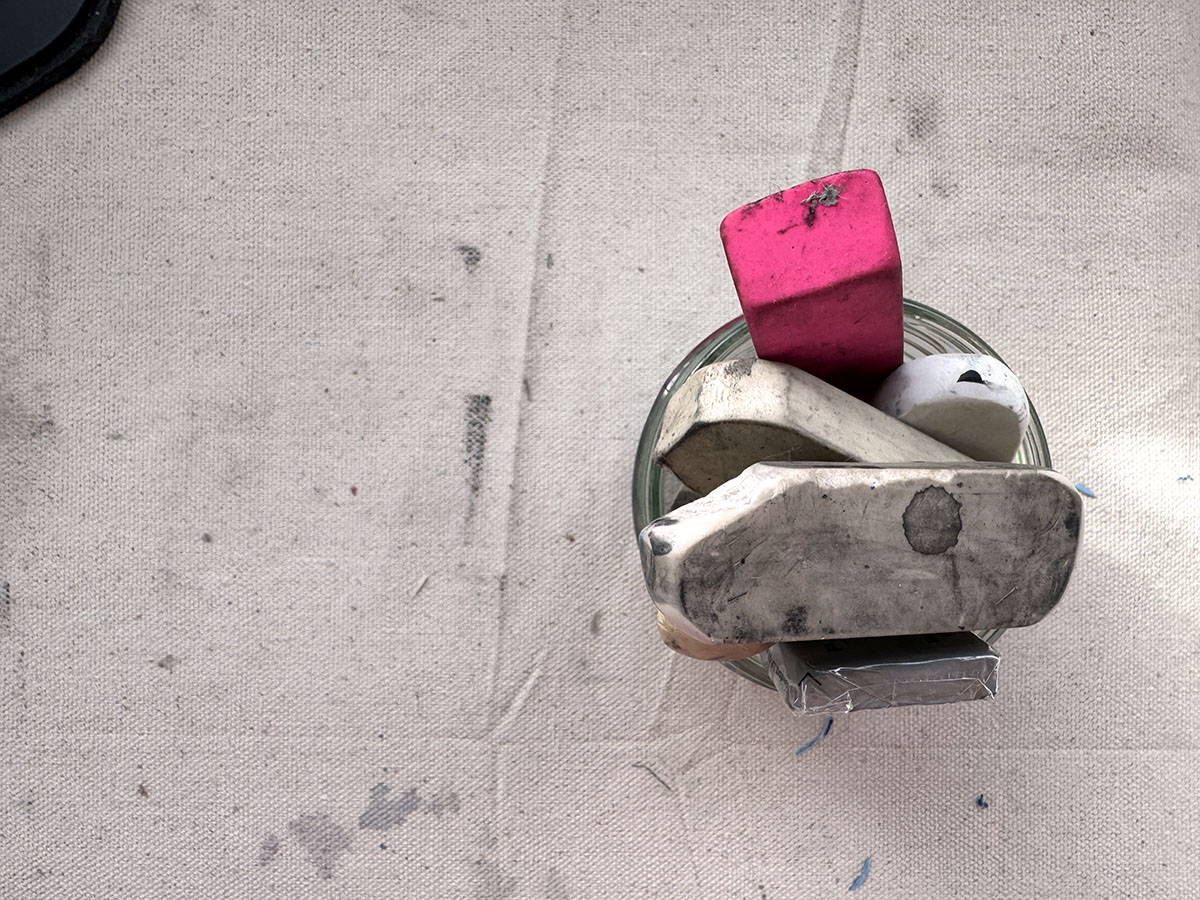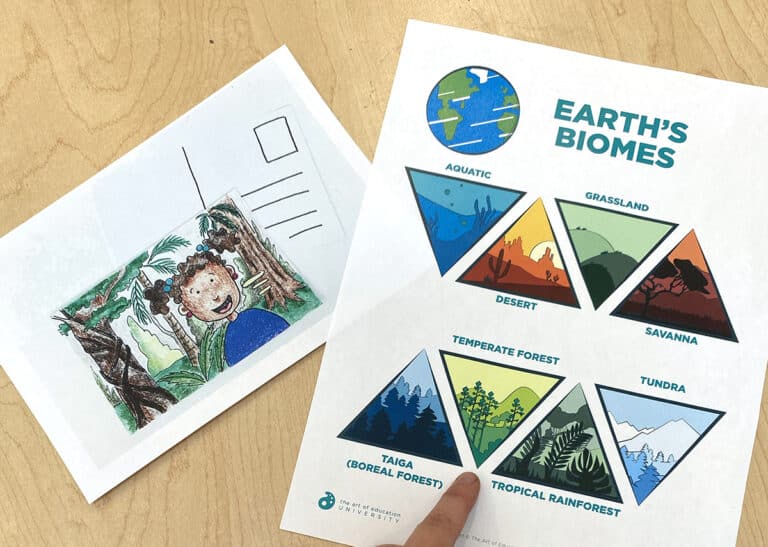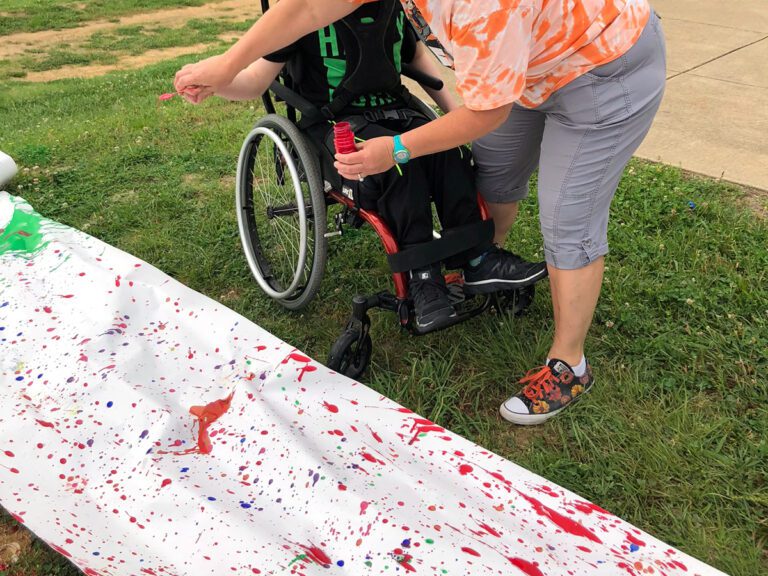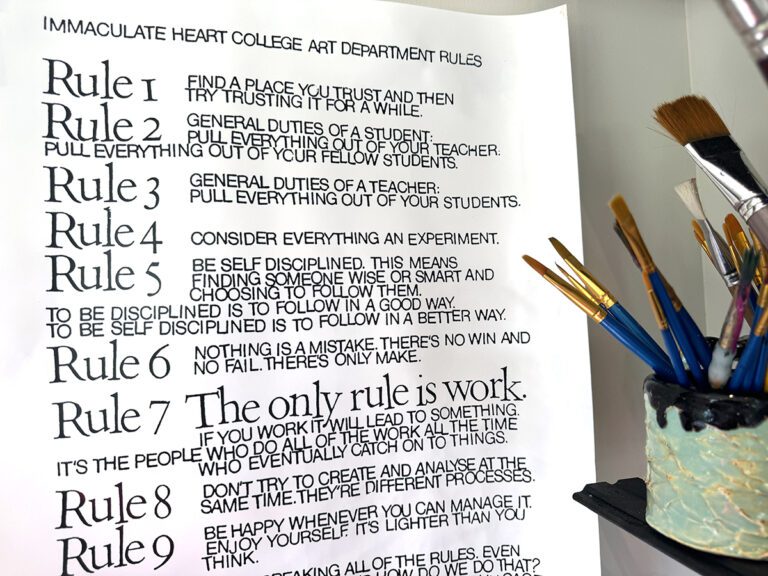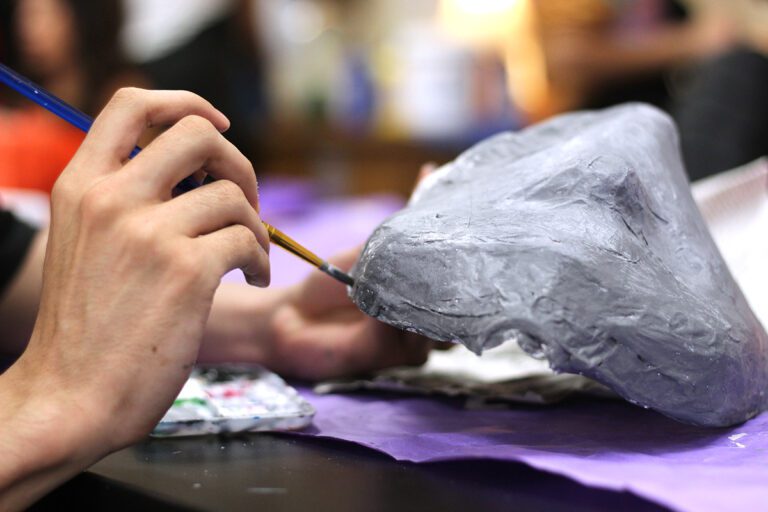Failing equals bad, right? Wrong! Failure is often seen as a sign of inadequacy or a lack of ability, especially since everything online is the perfect highlight reel. In reality, failure is the key to growth and mastery. Failure is an integral piece of learning in all areas of life. As art teachers, we have so many opportunities to reframe failure as a valuable, constructive part of education that promotes resilience and problem-solving.
Let’s take a look at how to redefine mistakes in the art room by encouraging “failure!”
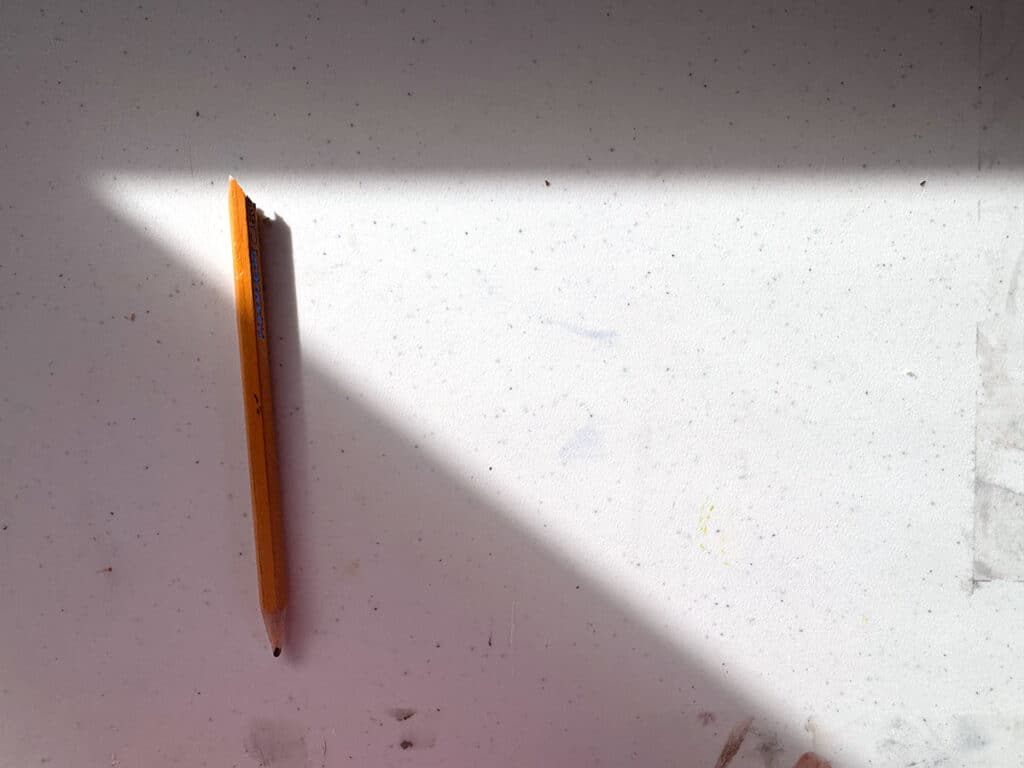
Fail forward in art because there’s no “right answer.”
The art room is an incredible space to introduce failure as a positive experience. Artmaking is a journey that naturally involves experimentation, mistakes, and pivots. While we want our students to learn art history, demonstrate specific techniques, and communicate artistic intent, at the end of the day, there’s no “right answer.” Remind students to focus on discovering one new skill, artist, or idea at a time because it’s a journey. Reassure them that even the most famous master artists couldn’t get on canvas what was in their heads and that this disconnect is normal and expected.
Fail forward in art to promote a growth mindset.
Make the connection to other content areas where failing forward through experimentation is also a step toward mastery and growth. In science, there’s the Scientific Method and in athletics, there’s training with different conditions and equipment.
Another crucial step to productively fail forward is to shift from grading for grades to assessing for growth. The most important thing is learning, not perfect artwork. Reflect this goal in the curriculum with the assessment of process documents and in-progress works. Normalize the sharing of unexpected and disappointing outcomes with the class—highlight any revelations and takeaways and encourage students to use this opportunity to propel forward!
Transform mistakes and “failures” into learning opportunities with the 14 activity ideas below.
1. Share the beauty of failure by reading picture books.
Introduce students of any age to books like Beautiful Oops or Ish that celebrate imperfection and creativity. These stories highlight how mistakes can lead to unexpected beauty and innovation. Picture books are a fun way to introduce a heavy topic in a bellringer or transition activity.
2. Deconstruct and reconstruct a “failed” artwork.
Rip up an old art project or destroy a sculpture. Allow students to take out their frustrations about their “failed” artwork on their artwork within school-appropriate parameters. Then, tell students to keep the pieces and put them back together in a fresh way to make a new artwork! Students will explore skills like adaptability and resourcefulness.
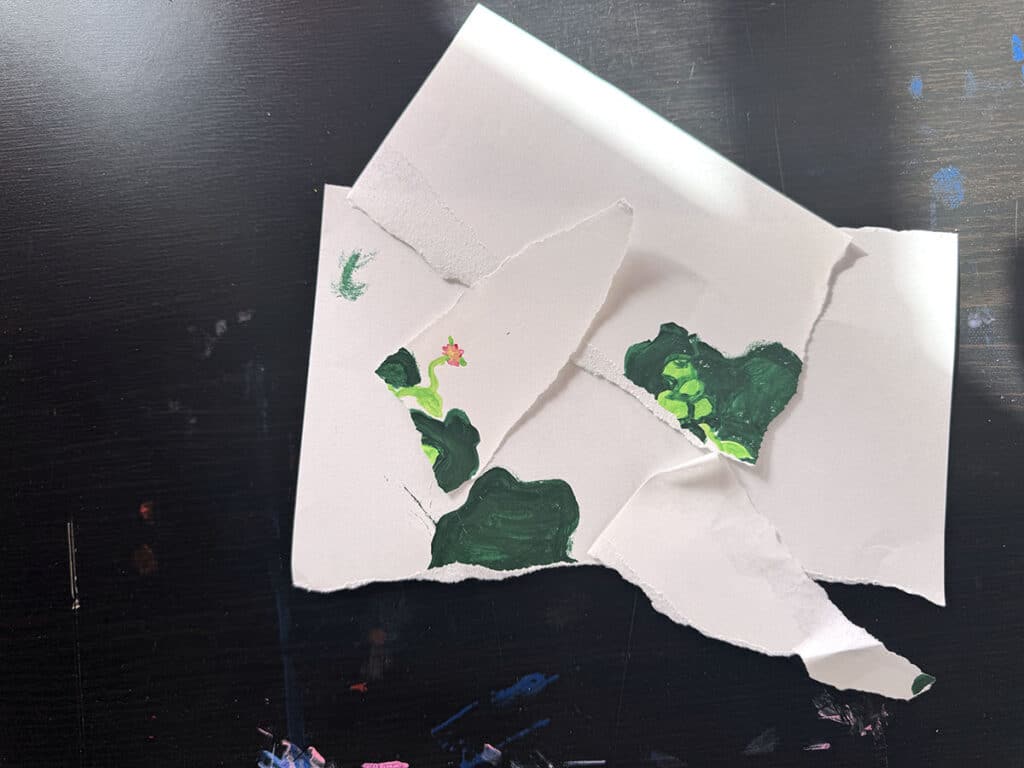
3. Assess the process and progress of a project.
Shift the focus from the final product to the journey of creation. Highlighting the twists and turns along the way transforms the entire process into a learning experience. It teaches students to put more value into effort, curiosity, and resilience over perfection.
4. Do a distortion printmaking project.
Try a printmaking project where students intentionally distort the image through the process. This takes the pressure off having pristine imagery and puts the focus on trial and error and problem-solving. A great place to start is with reductive printmaking.
5. Destroy a key consumable art material.
Give students a piece of paper (or similar consumable) and let them destroy it in any way they’d like that is school-appropriate. They can spill liquid on it, rip it into pieces, or crumple it up. Then, tell them that they’ll need to use their destroyed paper in a final artwork in some way! Students learn to transform what seems ruined into a vital part of their art.
6. Learn through discovery and experimentation!
If you have a new medium you’d like students to learn, let them figure it out for themselves before providing instruction. For example, instead of doing watercolor demos of different techniques like bleeding, wet on wet, or dry brushing, students spend time playing with the materials first. Then, students will share their discoveries with the class. When students work through hands-on trials, it makes learning more memorable!
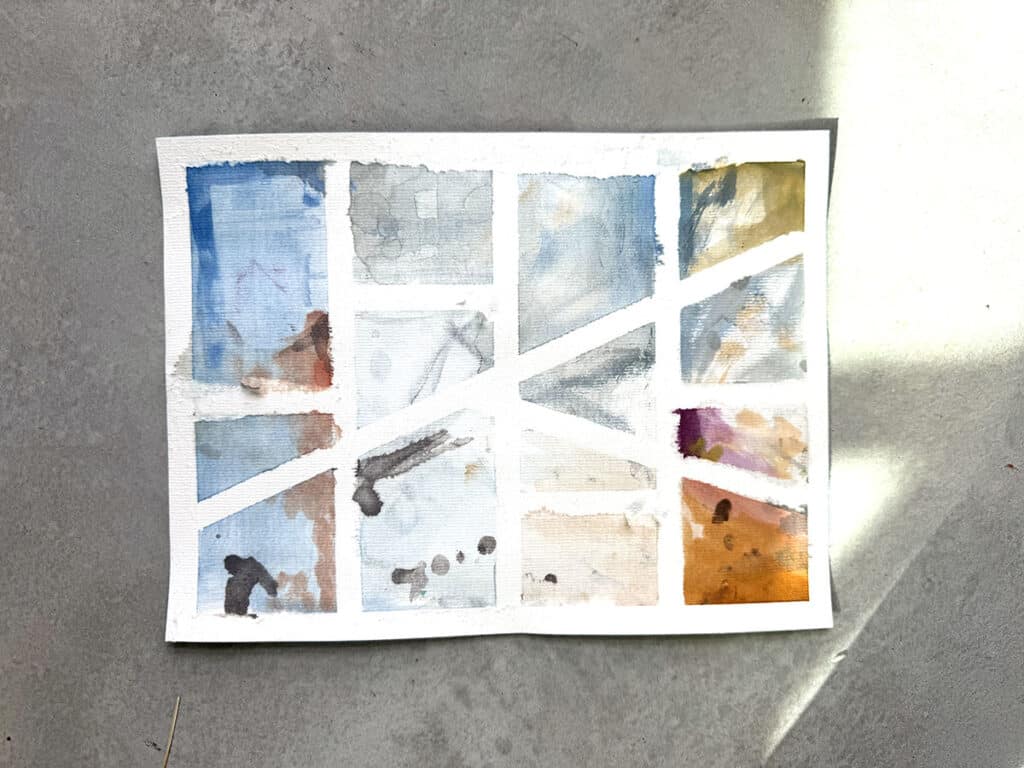
7. Draw or paint something with non-dominant hands.
Challenge students to embrace a new level of imperfection and let go of control by working outside their comfort zone. This activity encourages looseness and spontaneity.
8. Give a time restraint.
Set a timer for a quick drawing, painting, or sculpture. Require students to fill the paper or use all the clay. Introduce the thrill of a creative sprint where speed outweighs precision and rapid decision-making reduces overthinking.
9. Challenge students to not use an eraser.
Remove the option to “fix” mistakes and encourage students to creatively work with their errors. Enact a “No Eraser Day” where you collect all erasers and provide drawing pencils without erasers. Alternatively, you can put out non-erasable supplies such as oil pastels, markers, or ink pens.
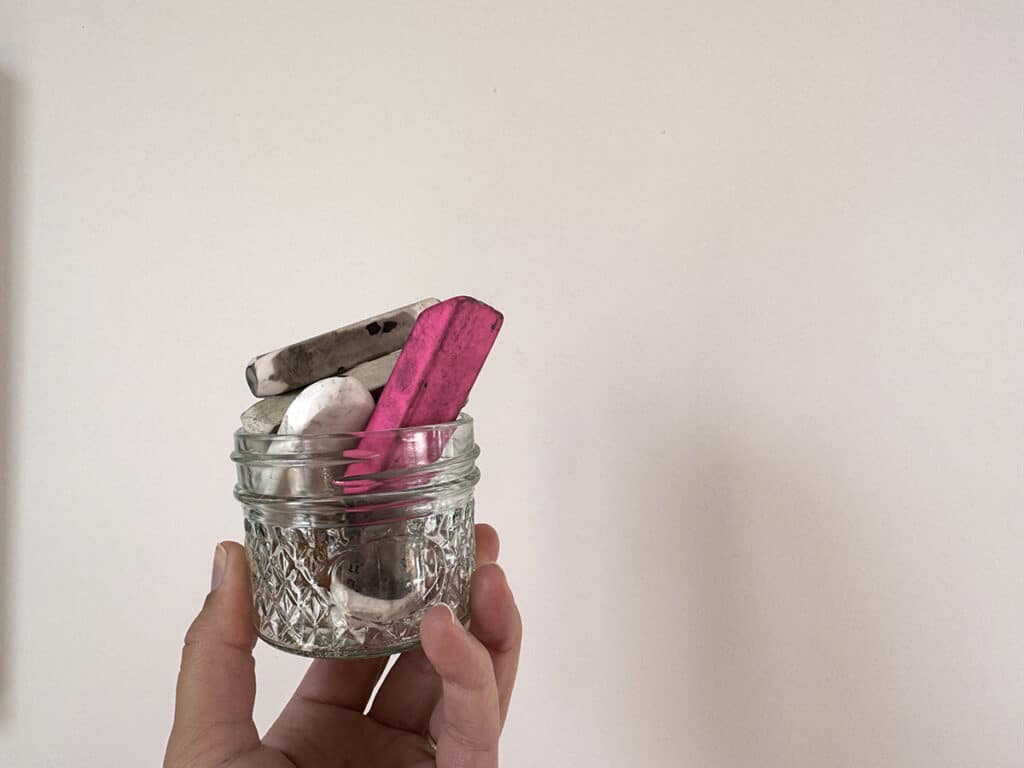
10. Create something “ugly.”
Loosen things up by telling students to make something “ugly.” If this prompt is too general for your students, get more specific by selecting adjectives like “distorted” or “revolting” to illustrate. By removing the pressure to create something beautiful, students can freely play with ideas, textures, and forms.
11. Post quotes, imagery, and stories of famous figures.
Put up quotes, imagery, and stories of well-known inspirational figures who didn’t let failure stop them. Thomas Edison had many botched ideas and J.K. Rowling’s famous Harry Potter series faced rejection multiple times. On the art side, Vincent van Gogh had many failed careers before becoming a painter, and even then, he only sold one painting during his lifetime. Prompt students to connect these stories to their own lives and challenges.
12. Blindfold students for a simple drawing.
Give students a simple drawing prompt… but have them draw it blindfolded! This sensory challenge forces students to rely on intuition and feel rather than sight. The results often surprise and delight, demonstrating how limitations can spark creativity and organic markmaking.
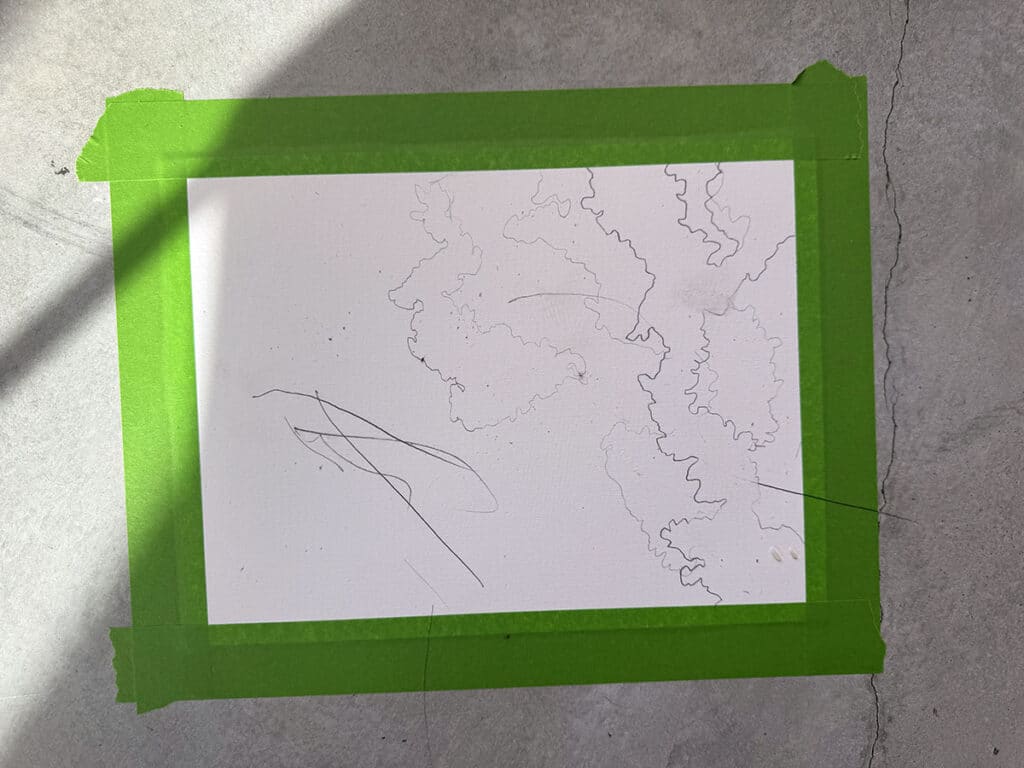
13. Brainstorm “bad” or “impossible” ideas in a short period.
Turn brainstorming on its head by rewarding outrageous or unworkable ideas. This approach helps students break free from self-censorship, find innovation in the unexpected, and push their ideas to the limit.
14. Provide students with random, mismatched art supplies.
Challenge students to create cohesive artwork using unconventional art material combinations. This exercise sparks problem-solving as they experiment with unfamiliar pairings. An example of mediums that typically don’t go together are crayons and India ink.
Failure isn’t just a single event. Failure is an ongoing, constructive process of discovery where students find their unique artistic voice, gain self-awareness, and develop resilience. By integrating failure-positive practices, you prepare students for the inevitable setbacks they’ll encounter beyond the classroom. Normalizing failure isn’t about expecting students to “get it wrong.” Normalizing failure is showing students that every attempt, no matter the result, contributes to a larger tapestry of growth and self-improvement. Let’s create art studios where mistakes are stepping stones and everyone celebrates failure as part of the path to mastery!
Which of these activities will most resonate with your students?
How do you approach the concept of failure in your art room?
To continue the conversation, join us in The Art of Ed Community!
Magazine articles and podcasts are opinions of professional education contributors and do not necessarily represent the position of the Art of Education University (AOEU) or its academic offerings. Contributors use terms in the way they are most often talked about in the scope of their educational experiences.
